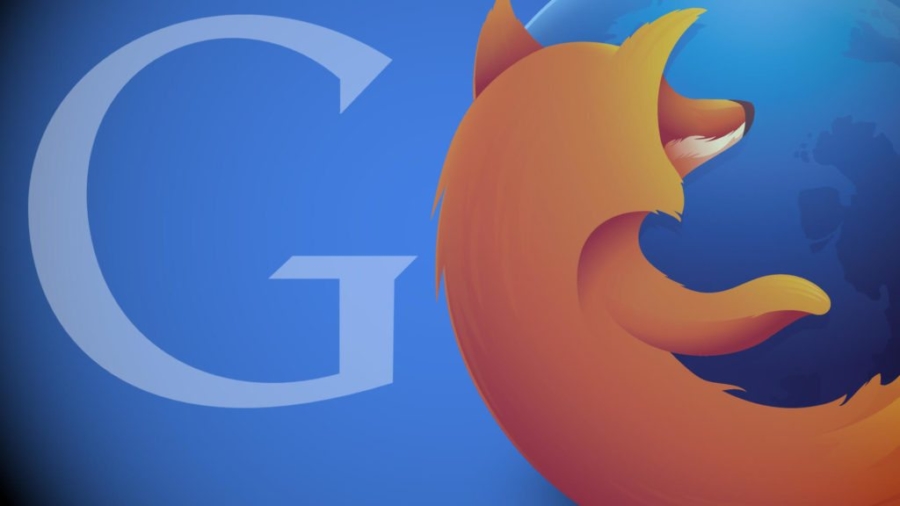Google My Business (GMB) is a unique tool that provides local businesses with an opportunity to appear in Google search and map results to essentially increase local SEO rankings. Having a GMB listing and being active is critical
- Home
There are many steps in the consumer journey. One of the most difficult aspects of marketing is understanding this journey in its entirety. It may not simply be one single ad that inspired a purchase. There may
The Consumer Electronics Show is an event for all those around the world who are passionate about the business of consumer technologies. This event garners some serious attention. With over 180,000 attendees between January 9-12, it was
It was announced earlier this week that Yahoo's parent company (Oath) has decided to sue Mozilla for "breach of contract." Oath claims that Mozilla "terminated a long term strategic agreement with Yahoo" in November. Mozilla recently launched
There is no busier time of the year for an advertiser than the holidays. As millions of consumers are looking to purchase gifts for their loved ones, we advertisers are here competing against one another for their
Recent use of blockchain in cryptocurrencies is leading experts to believe that its uses may go far beyond the crypto market. This technology could be utilized in many different ways, particularly in digital marketing and advertising. While
Google has recently announced that there is a "posts function" now available to businesses registered with their Google My Business program. There appears to be plenty of benefits with the addition of this function, especially for local
Many organizations with Ecommerce websites are concerned with how well their products are ranking organically on Google, Bing and Yahoo. That is, without any assistance from paid advertising networks. There is no doubt that these rankings are















